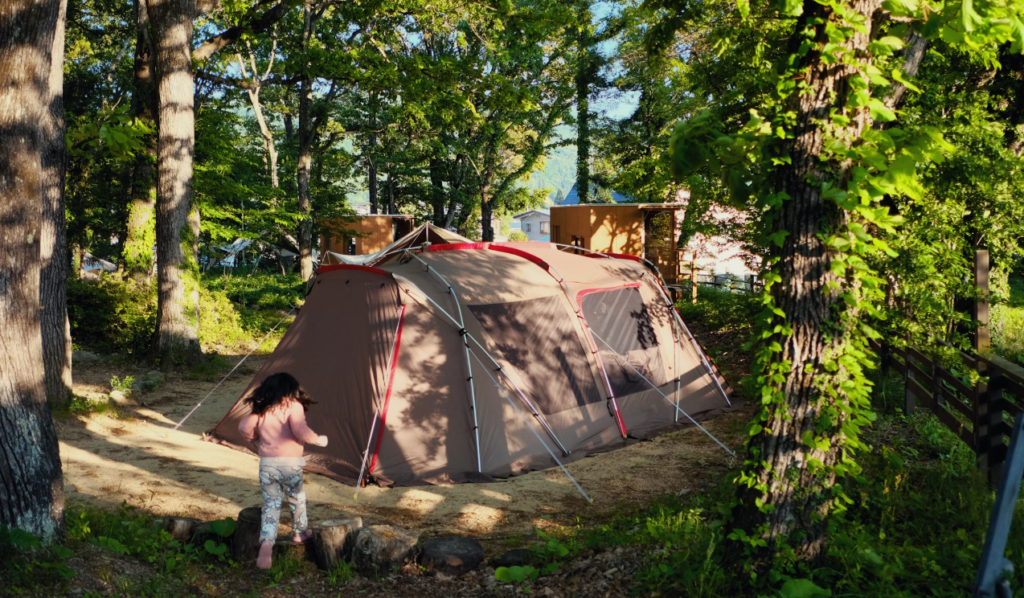Embarking on your first camping journey? This guide is crafted to help you navigate the essentials, avoid common pitfalls, and ensure a memorable experience in the great outdoors.
Choosing Your Style
Camping is not a one-size-fits-all activity. Your adventure can take many forms, each offering a unique way to connect with nature. Here are the most popular camping styles for beginners:
- Traditional Tent Camping: Pitch your tent at a designated site and enjoy the classic camping experience.
- Car Camping: Drive right up to your campsite and unload your gear—ideal for those who want comfort and convenience.
- Glamping: Experience the outdoors with luxurious amenities and minimal setup.
- Backpacking: Carry all your gear in a backpack and trek to remote locations for a true wilderness experience.
- Day Camping/Picnicking: Enjoy nature without overnight stays—perfect for a quick escape.
Tip: Start with car or tent camping if you’re new to the outdoors. These styles offer the best balance of comfort and adventure.
Gear Checklist
Packing the right gear is essential for a successful camping trip. Here’s a comprehensive checklist tailored for first-time campers:
- Shelter: Tent, stakes, and a footprint or tarp for ground protection.
- Sleeping Gear: Sleeping bag rated for the season, sleeping pad, and pillow.
- Cooking Supplies: Portable stove, fuel, pots, pans, utensils, plates, and cups.
- Food and Water: Non-perishable food, snacks, and at least 2 liters of water per person per day.
- Clothing: Weather-appropriate attire, extra layers, rain gear, and sturdy footwear.
- Lighting: Headlamp or flashlight with extra batteries.
- First Aid Kit: Bandages, antiseptic, pain relievers, and any personal medications.
- Navigation Tools: Map, compass, or GPS device.
- Personal Items: Toiletries, sunscreen, insect repellent, and a multi-tool.
Expert Advice: Test your gear at home before your trip to ensure everything works and you know how to use it.
Site Selection
Choosing the right campsite can make or break your experience. Consider these factors when selecting your spot:
- Accessibility: Proximity to your vehicle, water sources, and restrooms.
- Terrain: Look for flat, level ground free of rocks and roots.
- Natural Features: Seek shade, wind protection, and scenic views.
- Safety: Avoid low-lying areas prone to flooding and keep a safe distance from wildlife.
Many established campgrounds offer amenities like picnic tables, fire rings, and potable water. These are excellent choices for first-time campers.
Setting Up Camp
Once you’ve arrived, follow these steps to set up your campsite efficiently:
- Clear the Area: Remove debris and sharp objects from your tent site.
- Pitch Your Tent: Follow the manufacturer’s instructions. Secure all stakes and guylines.
- Organize Your Gear: Keep frequently used items within easy reach. Store food securely to avoid attracting animals.
- Set Up Cooking Area: Designate a spot away from your tent for cooking and food storage.
Taking the time to set up properly will enhance your comfort and safety throughout your stay.
Camp Cuisine
Good food is a highlight of any camping trip. Plan simple, nutritious meals that are easy to prepare outdoors:
- Breakfast: Oatmeal, granola, or eggs with toast.
- Lunch: Sandwiches, wraps, or pre-made salads.
- Dinner: Pasta, rice dishes, or grilled meats and vegetables.
- Snacks: Trail mix, fruit, and energy bars.
Tip: Prep ingredients at home to save time and reduce waste at the campsite.
Safety Tips
Safety should always be a top priority. Keep these tips in mind during your trip:
- Weather Awareness: Check the forecast before you leave and be prepared for changes.
- Wildlife Precautions: Store food properly, keep a clean campsite, and know how to react if you encounter animals.
- Fire Safety: Only build fires in designated areas and never leave them unattended.
- Emergency Preparedness: Have a plan for emergencies and know the location of the nearest help.
Leaving No Trace
Respect nature by following the Leave No Trace principles:
- Plan Ahead and Prepare: Know the regulations and special concerns for the area you’ll visit.
- Travel and Camp on Durable Surfaces: Stick to established trails and campsites.
- Dispose of Waste Properly: Pack out all trash and leftover food.
- Leave What You Find: Preserve the past and avoid picking plants or disturbing wildlife.
- Minimize Campfire Impact: Use a camp stove for cooking and keep fires small.
- Respect Wildlife: Observe animals from a distance and never feed them.
- Be Considerate of Other Visitors: Respect other campers and protect the quality of their experience.
By practicing these principles, you help ensure that natural spaces remain beautiful and accessible for everyone.

